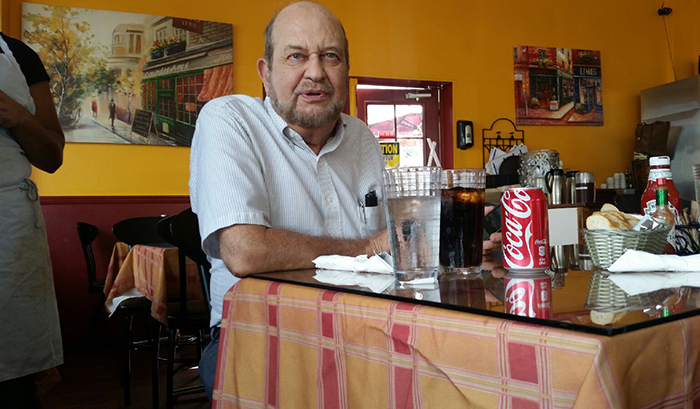It will be no surprise if Californians don’t see many needed highway repairs getting underway in the next year. For the Jerry Brown administration says it will take $59 billion to repair state roads, another $78 billion to fix those maintained by cities and counties.
This magnitude of repair money is not available from the state’s general fund or from current gasoline taxes, which are carved into many pieces, the money going for things like building hydrogen refueling stations and mass transit in addition to fixing roads.
It will take either higher gas taxes or a major bond issue to bring California highways up to the standards they enjoyed for more than 50 years prior to 1990, when raids on the gasoline tax fund began in earnest.
Republicans hold just over one-third of the seats in both houses of the state Legislature. They are adamantly against new taxes, especially any that might be proposed by the majority Democrats. It would take at least one GOP vote in both the Assembly and the state Senate to get the two-thirds vote needed for a gas tax hike without a general election vote.
No bond money possibly could be available until the middle of 2017, even if legislators manage to settle on how much to borrow and then convince voters to okay their plan.
There are three roots to the state’s difficulties in getting new highway money. One is the long history of politicians “borrowing” from the gas-tax-fueled highway fund and then not repaying the money in a timely way. That leaves a lot of Californians distrustful of putting more money there.
Remember the Bush Pledge
A second problem is the GOP’s longstanding opposition to new taxes of any kind. Ever since President George H.W. Bush famously intoned at the 1988 Republican National Convention in New Orleans, “Read my lips… No new taxes!” and then reneged on his pledge, only to be dumped from office after just one term, his fellow Republicans have been loath to okay any new levy.
Third is the general level of public distrust for state government and the bond issues it proposes. One such bond was to fund high-speed rail, but the current bullet train plan is so far afield from what voters approved that it draws opposition even from Quentin Kopp, the former judge and state senator who was a leading progenitor of the entire concept. Other major agencies have been caught in corruption and cronyism, but don’t bother to change the rules that permitted it, and Gov. Brown exerts no pressure for such repairs.
What if a bond issue does make the November ballot? It could be buried among as many as four dozen other propositions and get little attention from voters even if millions were spent to promote it. If that bond proposal were written to provide money for other programs, thus freeing up general fund budget money for roadwork, voters might be distrustful that highway money would even really be voted, seeing anything like this as more likely to create a massive slush fund for politicians to draw upon as they please.
Mr. Brown remains optimistic about getting at least something done. “The roads are going to get fixed,” he told reporters last fall. “Whether it takes a week, a month, a year or two, ultimately…it’s just a question of when.”
That probably is right. But the when probably won’t arrive in 2016 or any time before Democrats somehow manage to capture two-thirds majorities in the Legislature. They had that margin sporadically between 2012 and 2014, but only for short intervals. Several Democratic legislators vacated their seats to run for other offices, leaving Assembly or Senate seats unoccupied and unable to contribute to supermajorities.
Meantime, there is enough money for the most urgent repairs, like the repaving, lane and offramp replacements prominently visible now on two of the state’s main north-south highways, Interstate 5 and California 99.
But not enough for new roads, new ramps, replacing most worn-out bridges or fixing even very bumpy, pothole-riddled pavement.
Mr. Elias may be contacted at tdelias@aol.com. His book, “The Burzynski Breakthrough, The Most Promising Cancer Treatment and the Government’s Campaign to Squelch It,” is now available in a soft cover fourth edition. For more Elias columns, visit www.californiafocus.net








